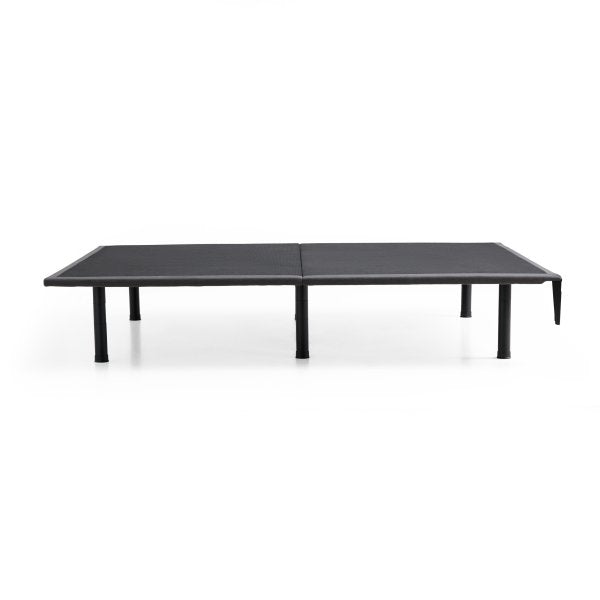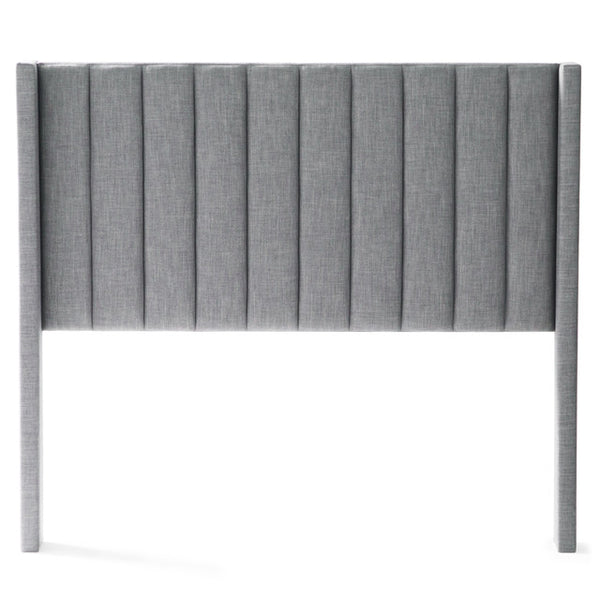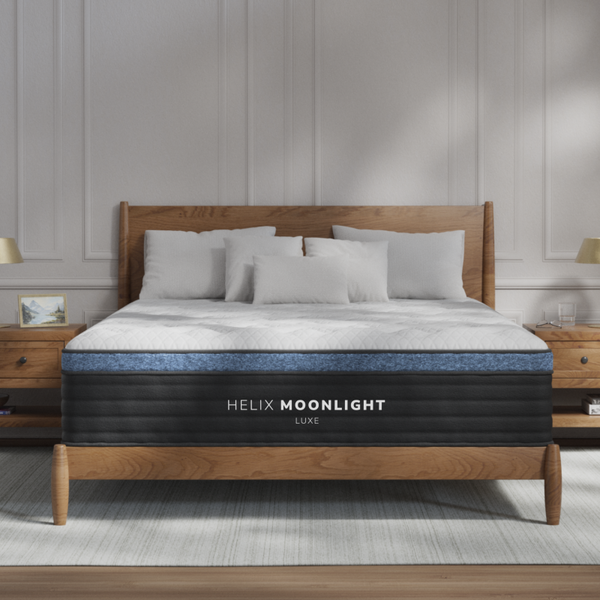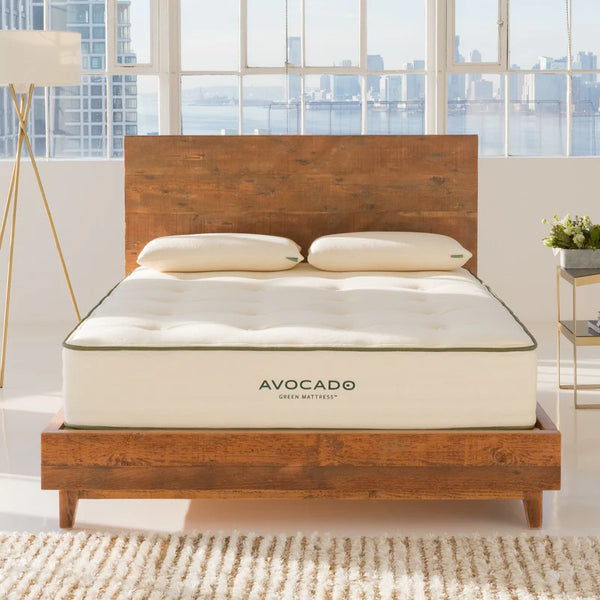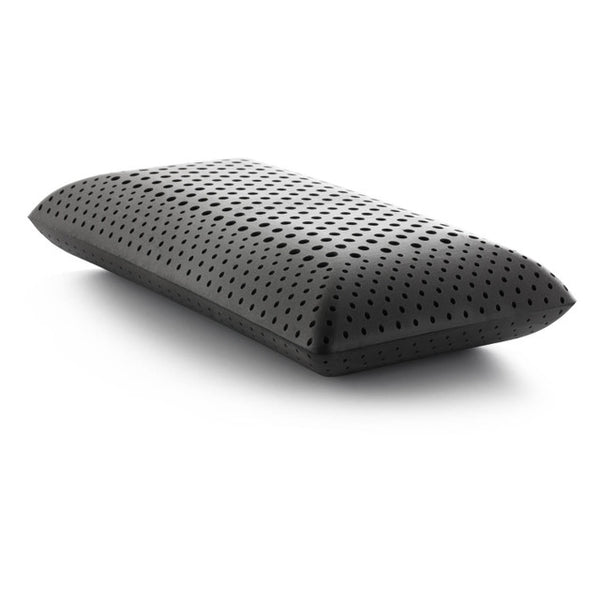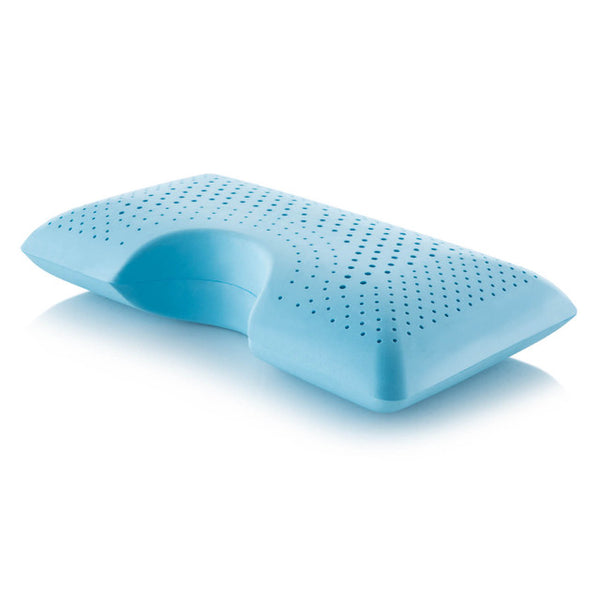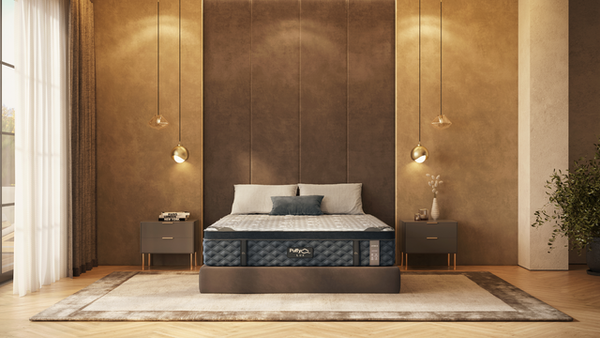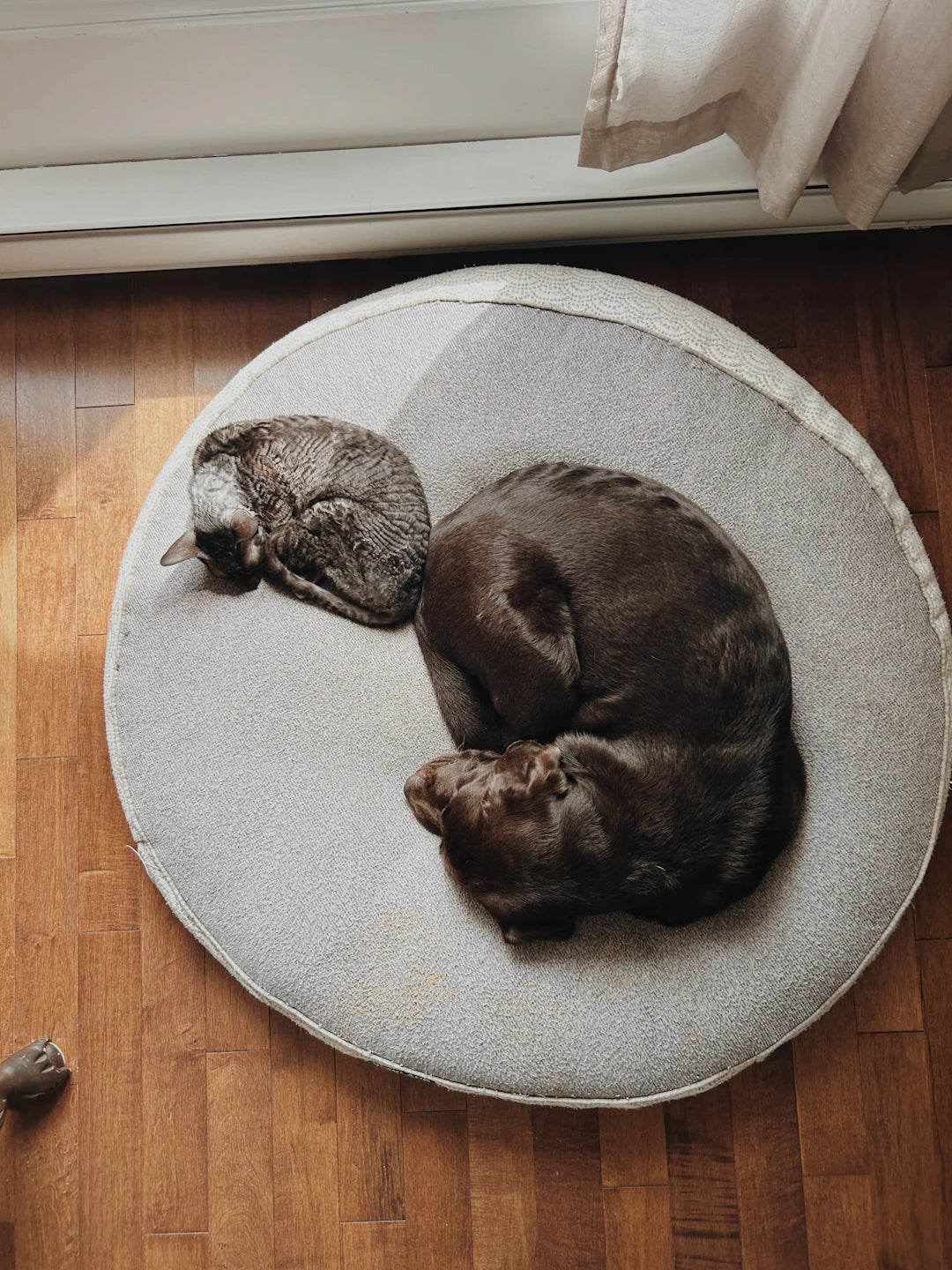
Overview
- Back sleepers need firm support for spinal alignment.
- Side sleepers require cushioning to relieve pressure points.
- Stomach sleepers should opt for firmer options to avoid sinking.
- Combination sleepers benefit from versatile medium-firm or responsive mattresses.
Frequently Asked Questions
1. Why is sleep position important when choosing a mattress?
2. What type of mattress is best for back sleepers?
3. How can side sleepers find relief from pressure points?
4. What do stomach sleepers need in a mattress?
5. What additional factors should I consider when choosing a mattress?
Sleep is critical for health and well-being, and it all starts with the right mattress. But did you know that your sleeping position significantly influences which type of mattress you should choose? Understanding the requirements of different sleep styles can help you make a wise investment in your bedding. This guide dives deep into how various sleeping positions affect your mattress choice, ensuring that you wake up refreshed and ready for the day.
The Importance of Sleep Position
Your sleep position can dictate how well-rested you feel each morning. Here’s a brief overview of the primary sleeping positions:
- Back Sleepers: These individuals lie on their backs with arms at their sides or above their heads.
- Side Sleepers: Side sleepers usually curl up on one side, often with their legs bent.
- Stomach Sleepers: This position involves lying flat on the stomach with the head turned to the side.
- Combination Sleepers: Those who switch between different positions throughout the night.
Each position has unique requirements, and understanding them is crucial for optimizing your mattress choice.
Back Sleepers: Support and Alignment
Back sleepers, a position praised by many health professionals, benefit from sleeping on firm mattresses that provide even support. The hips should sink slightly while the lower back receives adequate support to maintain natural spinal curvature. For this reason, the ideal mattresses include:
Memory Foam Mattresses
Memory foam contours to the body, providing support without excessive pressure. These mattresses can help back sleepers maintain spinal alignment, reducing the likelihood of waking up with aches and pains.
Innerspring Mattresses
Traditional innerspring mattresses can also be suitable. Look for options that feature pocketed coils to minimize motion transfer while providing the necessary support for the lower back.
Hybrid Mattresses
Hybrid models combine the benefits of both memory foam and innerspring mattresses, making them a solid choice for those who prefer back sleeping. The various layers cater to both support and comfort needs.
Side Sleepers: Cushioning and Relief
Side sleepers often face unique challenges like shoulder and hip pain due to pressure points. For this reason, a mattress that offers ample cushioning is essential. Here are some types that work well:
Soft to Medium-Firm Memory Foam Mattresses
A softer or medium-firm memory foam mattress cradles the body, particularly areas like the shoulders and hips, providing pressure relief while aligning the spine.
Latex Mattresses
Latex mattresses offer a responsive surface that contours to the body while still providing support. They are breathable and can help regulate temperature for side sleepers who tend to get warm at night.
Hybrid Mattresses with Soft Comfort Layers
Again, hybrid mattresses come into play here. Look for options with plush comfort layers atop a supportive coil system, tailor-made to cushion pressure points for side sleepers.
Stomach Sleepers: Firmness is Key
Stomach sleepers experience the highest risk of spinal misalignment, leading to discomfort. Consequently, choosing a firmer mattress is crucial for stomach sleepers to prevent excessive sinkage. Here’s what to consider:
Firm Innerspring Mattresses
A firm innerspring mattress provides the necessary support without allowing the body to sink too deeply into the bed. This helps keep the spine in a more neutral position.
Medium-Firm Polyfoam Mattresses
Polyfoam mattresses are less conforming than memory foam but still offer adequate support. Medium-firm options create a balanced surface for stomach sleepers while reducing the risk of sinking.
Combination Sleepers: Versatility is Essential
Combination sleepers switch between various positions during the night. Therefore, they need a versatile mattress that doesn’t compromise support. Here’s how to cater to this unique group:
Medium-Firm Mattresses
A medium-firm mattress is often the best bet for those who change positions. It supports both the back and side positions adequately while preventing excessive sinkage.
Responsive Hybrid Mattresses
Responsive hybrid mattresses provide contouring for side sleeping but also offer enough firmness for back and stomach positions. The right balance allows combination sleepers to benefit from their various preferred postures.
Other Factors to Consider When Choosing a Mattress
Aside from your sleeping position, consider several additional attributes when selecting a mattress:
- Material: Different materials (memory foam, latex, innerspring) affect comfort and support differently.
- Firmness Level: Your body weight and personal preference should guide this choice.
- Temperature Regulation: If you sleep hot, look for breathable materials to improve airflow.
- Motion Isolation: Popular among couples, this feature minimizes disruptions from movement.
- Durability: Investing in a durable mattress can save you money in the long run.
The Right Fit for Your Budget
While your personal comfort is crucial, setting a budget also comes into play. A higher price point often brings better materials and durability. Assessing your needs and costs can help you narrow down your options effectively.
Taking Your Time: Test Before You Buy
Before making a final choice, it's vital to try the mattress in-store or take advantage of online options that allow returns. If possible, spend around 10 to 15 minutes lying down in your preferred sleeping position to determine if the mattress feels right.
Your Road to Dreamland Awaits!
Understanding how different sleeping positions affect your mattress choice is crucial for ensuring a good night's sleep. By tailoring your mattress selection to fit your unique sleeping style, you’ll promote better spinal alignment and comfort. Whether you're a back sleeper, side sleeper, stomach sleeper, or combination sleeper, the right mattress can be transformative. So, invest the time, consider your options, and dive into the world of sleep with confidence knowing that sweet dreams are just a purchase away!

